![]() After being quoted as the “new” superfood by health experts in the West, it seems GHEE has started to receive the appreciation that was long due. Get away from misconceptions of Ghee and know some eye-opening and beneficial health facts about Ghee.
After being quoted as the “new” superfood by health experts in the West, it seems GHEE has started to receive the appreciation that was long due. Get away from misconceptions of Ghee and know some eye-opening and beneficial health facts about Ghee.
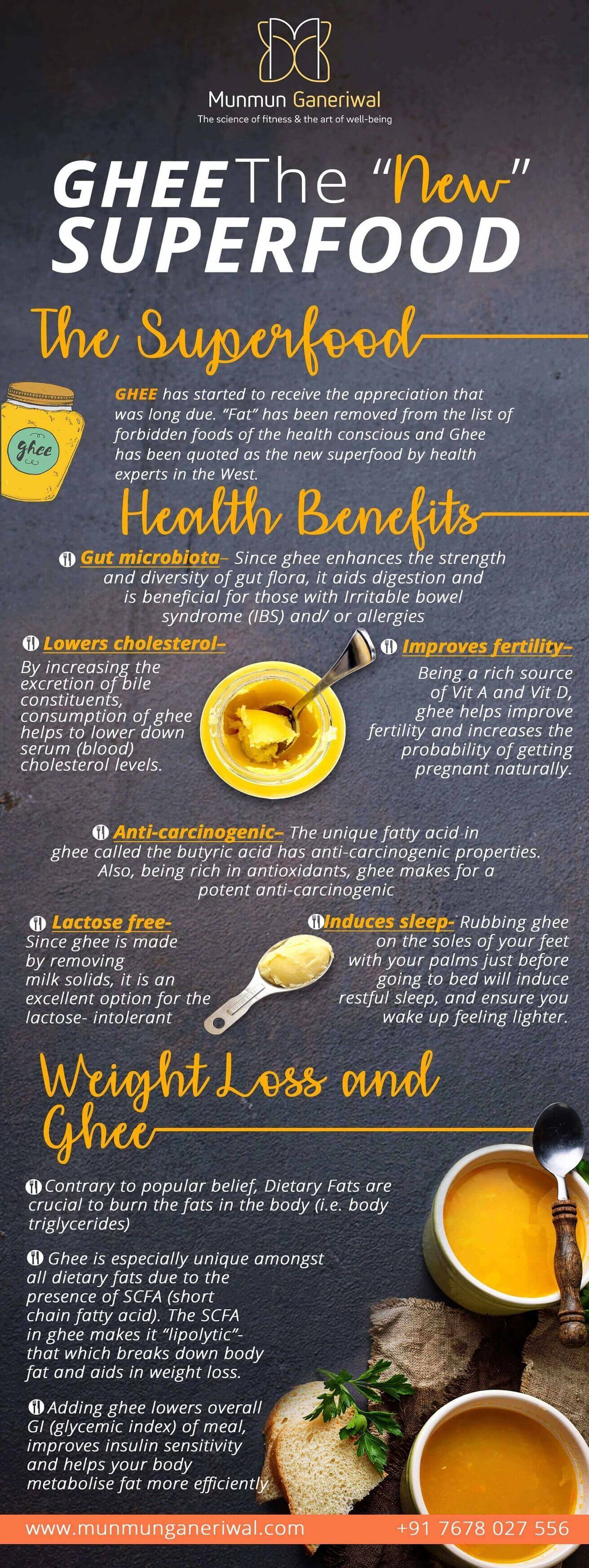
![]() After being quoted as the “new” superfood by health experts in the West, it seems GHEE has started to receive the appreciation that was long due. Get away from misconceptions of Ghee and know some eye-opening and beneficial health facts about Ghee.
After being quoted as the “new” superfood by health experts in the West, it seems GHEE has started to receive the appreciation that was long due. Get away from misconceptions of Ghee and know some eye-opening and beneficial health facts about Ghee.

The journey of ghee in India has very much been similar to that of yoga. From being thousand years old wisdom that originated in our land, to getting dismissed and disregarded by ‘modern day’ gurus and scientists only to be picked up by the West and reintroduced to us by a different name, both are India’s greatest export to the world.
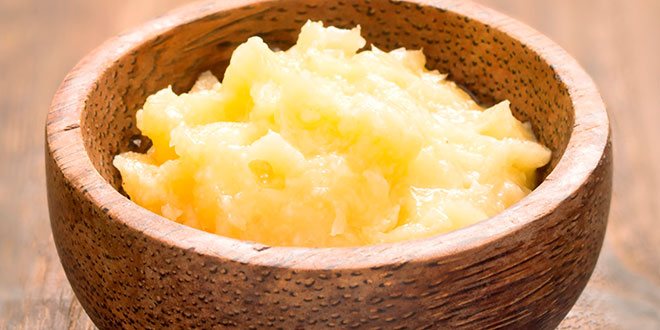
Ghee or ‘clarified butter’ (as they call it in the West) has always been considered as the promotive of health, memory, intelligence, fertility, of vital essence and nourishment in Ayurveda. Food cooked in desi/ asli ghee used to be a status of prosperity and good health. Until, sometime in 1970s, nutritionists, doctors and pharma companies joined hands to poop that party. A low fat diet was pushed by U.S. Dietary Guidelines in 1977. “Saturated fat is bad for our heart, increases cholesterol and causes heart attacks”, they said. Back at home, we too listened to it and dropped our ghee. Ghee thus made an exit from our foods, our plates and our kitchens.
THE RE-EMERGENCE OF GHEE AS A SUPERFOOD
Now fast forward to today and here’s a new thought – what if research issued 40 years ago was not based on solid evidence? What if we were wrong about ghee?
In the latest review of studies that investigated the link between dietary fat and heart health, researchers say the guidelines in the 1970s got it all wrong. In fact, recommendations to reduce the amount of fat we eat every day should never have been made. In April 2015, USDA reviewed its guidelines and removed the dietary cholesterol upper limit declaring that fat/ cholesterol from food had little to do with the cholesterol circulating in the body. American supermarkets started stocking ‘Indian ghee’ and promoted it as ‘liquid gold’. In Nov 2015, Ghee made it to the list of “The 50 new healthiest foods of all time” by TIME magazine.
So amongst food companies, government policies and scientific bodies, a 5,000-year-old wisdom got erased to be reintroduced as the ‘new’ health food. But the question is –Will ladoos, halwas, parathas smothered with ghee regain its lost glory? Will we be able to overcome a fear that has lived with us for 40 years?
READ ALSO-
BENEFITS OF BUTTER– A day spent BETTER with BUTTER
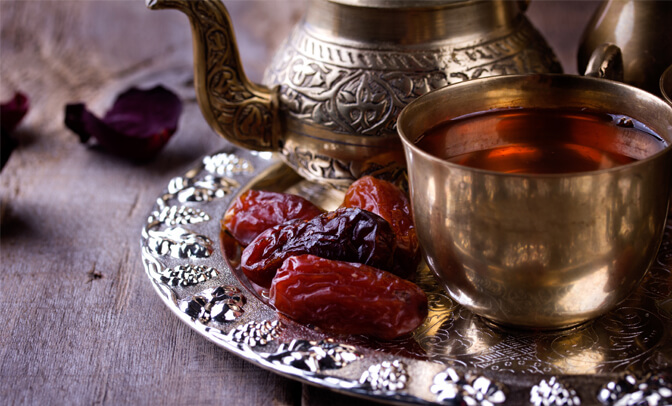
Things you SHOULD DO :
The Prophet has said, ‘Take Suhoor as there is a blessing in it.'” Having the Suhoor meal before the Fajr prayer is so important that in old days, a mesaharati (public waker) was appointed during the month of Ramadhan only to wake people up so that they eat before the prayers and the impending fast.
Eating a wholesome meal just before you begin fasting will keep your blood sugar level steady, prevent nausea & headache during fasting hours and will give you the energy to sustain throughout the day.
Things to NOT DO :
Do not skip this meal even if it requires you to wake up 15-20 mins before you otherwise would.
MEAL OPTIONS – Hot homemade breakfast like poha milk/ roti dahi/ upma/ eggs & roti.
Things you SHOULD DO :
1. Eat slowly, it will help you feel full and prevent you from over eating
2. Eat max 2-3 items at a time
3. Plan your meals ahead
4. Eat fresh meals cooked at home
5. Any one dessert at the start of your main meal
Things to NOT DO :
1. Do not overstuff yourself as it will lead to acidity, lethargy, bloating
2. Do not drink too much at a time and too fast. Instead have sips of water throughout the non-fasting hours
3. Avoid packaged/ processed food products. They will cause dehydration, constipation, insulin resistance and weight gain
MEAL OPTIONS –
Break your fast with– Dates/ Seasonal Fresh fruits / Homemade sherbets
Post Magrib prayer – Haleem/ Biryani raita/ Nonbu kanji/ Rice or Roti & any one type of meat
Post Taraweeh prayer – Milk/ Masala milk/ Milk with gulkand/ Haldi doodh/ Labaan/ Roasted makhana/ Buttermilk
1. Tea/ coffee – Not more than 2 cups/ day. Have it 15-20 mins after your main evening meal
2. Exercise– Best time to workout is 60 mins post your main evening meal. Make sure to hydrate immediately after your session and have a post workout meal (fruit & protein shake) to replenish your fluid and glycogen
3. Sleep– Make sure you get restful sleep so that you wake up fresh for the fast next day. Not only does inadequate sleep interfere with digestion, it will leave you cranky, irritable and also contribute to weight gain. Rubbing ghee or sesame oil on the soles of the feet at bedtime induces sound sleep
4. Fluids – Drink plenty of water between Iftaar and Suhoor to ensure the colour of urine is crystal clear, not cloudy
Stay healthy, stay blessed! Ramadan Mubarak! Ramadan Kareem!!

1. Bael– It is a North Indian fruit with great medicinal value. It’s rich in vitamin C, controls diabetes, boosts energy and has immense digestive benefits.
How to have it- You can dilute the pulp with some water, sugar & few drops of lemon juice to make a sherbet out of it. Or scrape just the pulp and mix it with jaggery to take away some of the sourness.
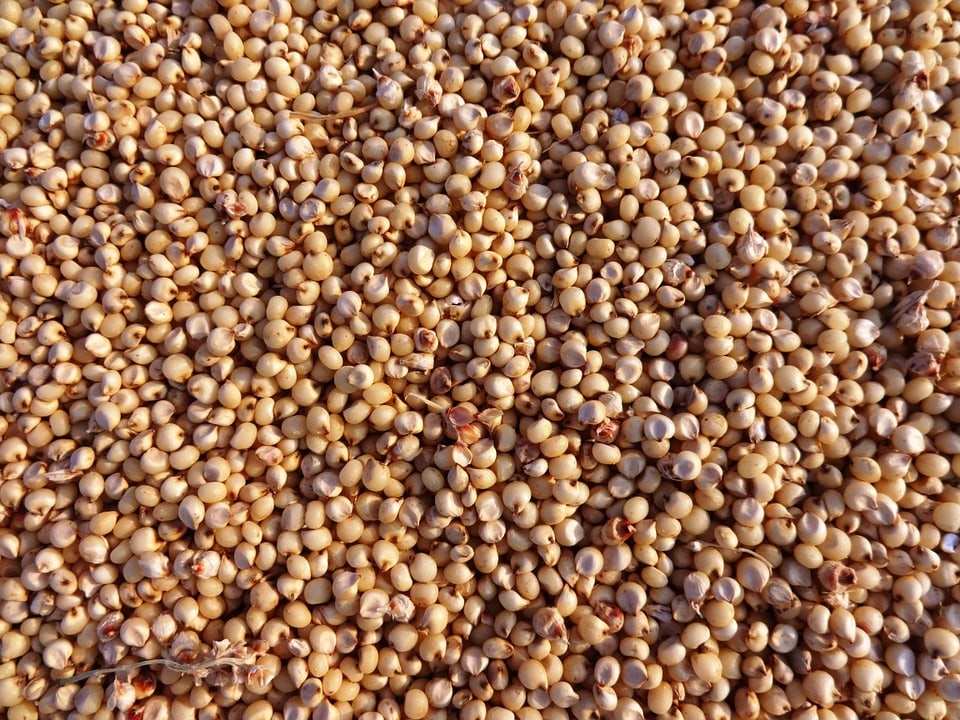
2. Jowar– It is one of the most cooling grains and is rich in iron, magnesium, copper, and vitamin B1. Also, this grain is free of gluten and rich in fibre.
How to have it- Make bhakri/ roti out of it. Like most millets, this one is also drying, so you must eat it with ghee.

3. Gulkand– Rich in live helpful bacteria, this rose petal jam is our traditional, therapeutic mixture for acidity, heartburn & bloating.
How to have it- Mix 1 tsp of gulkand in cold milk to have at bedtime. Or have a teaspoon of it after your meals.

4. Jeera– This humble spice has detox benefits, reduces body heat, cures itchiness and works wonders for those troubled with acne and pimples.
How to use it- Boil jeera seeds in water. Once it is cooled, take a bath with that water. You can also put jeera powder to your buttermilk or curd.
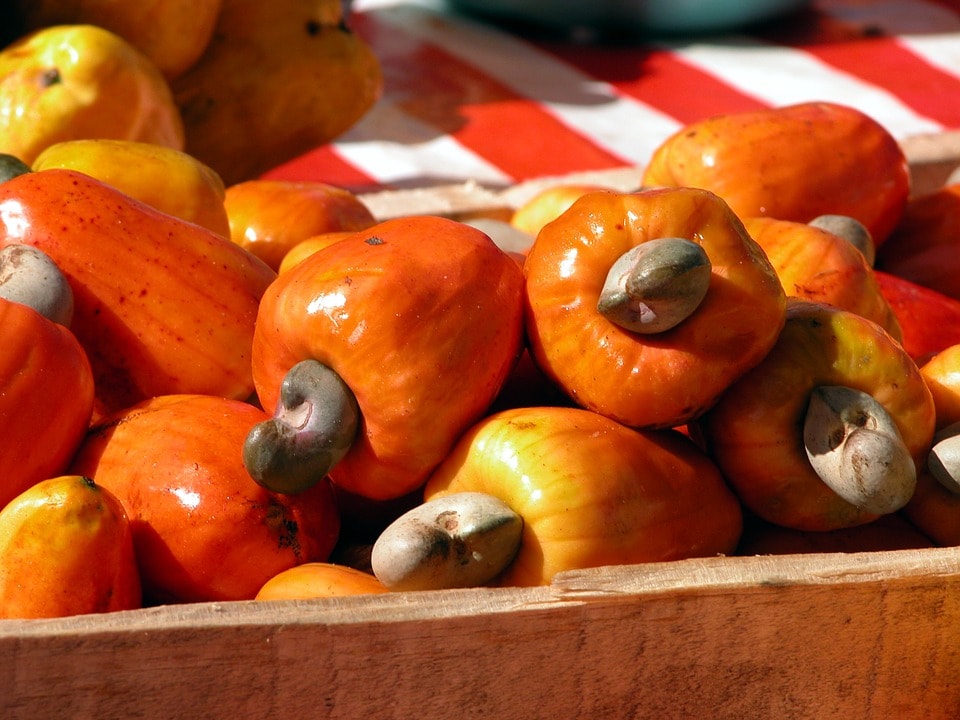
5. Cashew apple – The cashew apple, also called cashew fruit, is the fleshy fruit attached to the cashew nut. It has anti ageing, anti- carcinogenic properties and enhances fat utilization in the body.
How to have it- Enjoy the tangy and juicy fruit by biting into it like an apple, or by cutting it into slices.
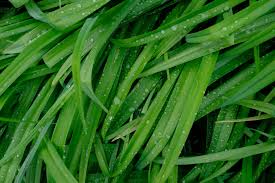
6. Lemongrass– It is a great herb for the summers. It treats indigestion, keeps you hydrated, improves gut function and cools the body.
How to use it- You can make lemongrass tea by seeping the grass in water. Also, you can use lemongrass by soaking a mesh bag with a handful of leaves in your bathing water.
Keep yourself happy by keeping yourself healthy. Let well-known Mumbai dietitian and fitness expert Munmun Ganeriwal design a nutrition, exercise and lifestyle transformation program that elevates your overall sense of well-being. Contact us now for an in-depth consultation.

‘Happy hormones’ – yes, you heard it right! Let’s talk about 5 hormones that bring happiness and a sense of well-being.This group of endogenous neurotransmitters chemicals serves to create joy, happiness and pleasure.Here are the five main ones-
1. Dopamine– This affects the nervous system and is associated with the brain’s reward system. Hence, being acknowledged for your efforts gives you a generous release of this happy hormone. Setting realistic goals (e.g. waking up half an hour earlier or eating at home on week days) and achieving them will boost and give a delicious dopamine hit naturally. This neurotransmitter also concentrates on the sensation of pleasure. Hence, it gets discharged in response to pleasurable activities such as eating foods you like or having sex.
How to increase its levels?
– Seek out pleasurable healthy activities that have a positive impact on your life
– Spend more time in sunlight to increase your sensitivity to dopamine.
– Practise deep breathing and meditation
– Sleep well
– Eat foods rich in phenylalanine and tyrosine like nuts, paneer, beans etc. Once tyrosine (that can be produced from phenylalanine) enters the body, it moves to the brain. After enzymatic reactions, the corresponding neurons transform it into dopamine.
2. Serotonin– this is used in anti-depressants as low levels of serotonin in your brain can make you fall into depression.
How to increase its levels?
– Workout or play a sport
– Eat tryptophan rich foods like milk, especially at bedtime
– Have foods rich in omega 3 like ghee, nuts, lentils
– Most important, do not go carb- free

3. Oxytocin– also called as the ‘love hormone’, because of its role in establishing emotional ties and relationships.
How to increase its levels?
– Practising yoga and relaxation techniques
– Having a meal in the company of loved ones
– Go for a massage at least once/ week
– Pursuing any activity that you enjoy- sports/ singing etc.
4. Endorphins– this brings a sense of calm, well-being and euphoria.
How to increase its levels?
– Join a group exercise class like aerobics, yoga, martial art (where you are likely to meet other people)
– Make sure you do not give up on foods you like because you have decided to “diet”

5. Estrogen/ Progesterone – the hormones that lower anxiety and irritability.
How to increase its levels?
– Stress management is important because cortisol, stress hormone interferes with the function of these hormones
– Levels of these hormones decreases with menopause in women, but unhealthy lifestyle- poor eating, inactivity, poor sleep habits can further aggravate it a lot more. Hence, eat right, move more, exercise smart and sleep well!
Keep yourself happy by keeping yourself healthy. Let well-known Mumbai dietitian and fitness expert Munmun Ganeriwal design a nutrition, exercise and lifestyle transformation program that elevates your overall sense of well-being. Contact us now for an in-depth consultation.

It’s the fire in my eyes,
And the flash of my teeth,
The swing in my waist,
And the joy in my feet.
I’m a woman
Phenomenally.”
― Maya Angelou
Women are inherently beautiful. Yes, they are, irrespective of their size, shape, colour and anything else. But do most of us inherently feel beautiful about ourselves?
They say that a woman’s ovary represents creativity. For creativity to be nurtured, what is needed is huge doses of love, compassion and patience. If what you offer instead, is anger at the self, hatred of the body and an unwillingness to love yourself, is when you see disorders like PCOD/ PCOS manifesting itself in various complex ways on your body.

Scientifically speaking, women with polycystic ovarian syndrome/ disorder (PCOS/ PCOD) have small cysts on their ovaries that most of the time (not mandatory) leads to hormonal imbalance, unwanted body hair, obesity, insulin-resistance, infertility, irregular periods, absence of periods, diabetes, hair thinning, acne, oily skin amongst few others.
PCOS involves the delicate balance of various female hormones and multiple organs of the body, namely ovaries, adrenal glands, pancreas and pituitary gland. Hence, the way to approach it & deal with it should also be very holistic and comprehensive.
Usually contraceptives/ diuretics/ anti-androgen/ anti-diabetic drugs are routinely prescribed to bring balance and treat PCOS/ PCOD. Available scientific evidence suggests that lifestyle modification (LSM) interventions reduce fasting blood glucose and insulin levels in women with PCOS with effects that are similar to drugs. Moreover, it is only fair to give lifestyle a chance before resorting to popping pills with their obvious side-effects. Lifestyle changes, including food, exercise, and sleep, improves the metabolic and reproductive abnormalities of PCOS women. Therefore, it undoubtedly, represents the first-line management for all women with PCOS.
The two main nutritional, exercise & lifestyle objectives for PCOS are to a) lower body fat levels (improve body composition) and b) enhance insulin-sensitivity. And the way to achieve them are-
1. NUTRITION – Eating seasonal and fresh homemade meals that are wholesome will ensure that all the required nutrients reach your ovaries and your glands so that they are nourished and well looked after.

Eating wholesome food – Now the prime nutritional strategy for insulin resistance & PCOS is to eat foods that are low in GI. Eating foods that have a low GI keeps blood sugar levels steady and helps your body metabolise fat more efficiently. Generally, the less processed a carbohydrate, the more likely it is to have a low-GI score. So choose to eat rotis, theplas, dosa, rice, paratha etc.
But what is really interesting is that your glycemic response to a food depends on the other foods you eat with it.
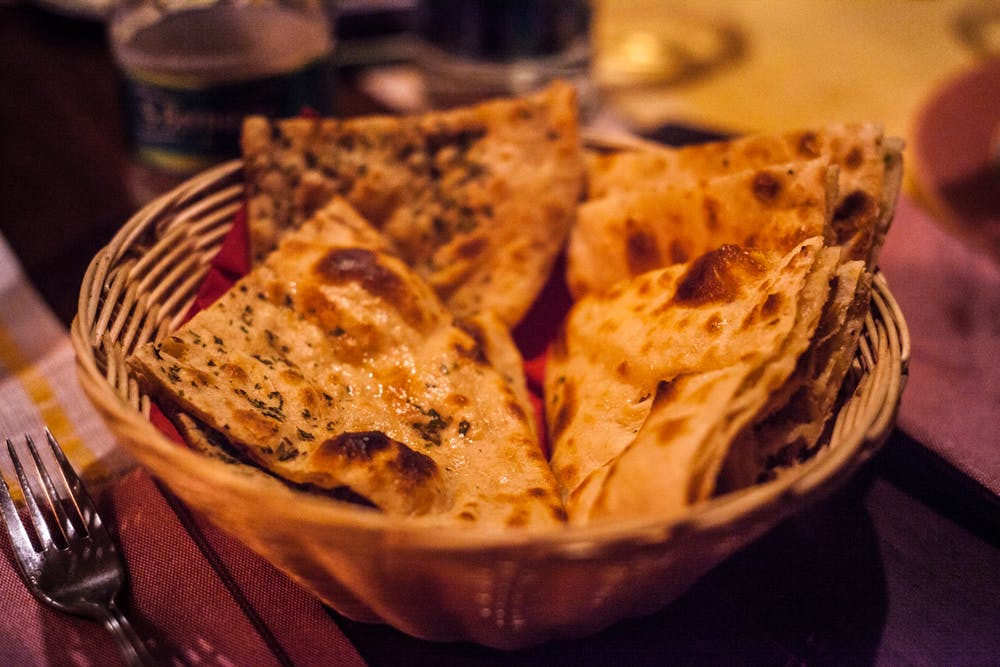
Adding fat to your carb-rich food, lowers the overall GI of the meal. Fat slows stomach emptying, delaying the process of converting food to blood sugar. Hence, more the fat, the slower the sugars (‘carbohydrates’) are digested, and lower is the glycemic index. So spread a generous amount of white butter on your roti/parathas, do not dump the coconut chutney when eating idli/ dosa, and do lace your hot, fluffy rice with a spoonful of ghee.

Now if this meal will include proteins too, the GI impact of the carbohydrate foods will be further minimized. This is because by combining foods in a single meal the overall impact is to slow down the rate at which your body releases sugar from any single ingredient. So add a bowl of curd with your butter paratha, some sambhar with your idli chutney, and some dal or egg curry to your rice ghee. And there you have a wholesome meal that is not only low in GI, but also rich in fibre-rich grains, vitamins & micro-mineral rich pulses, and essential fats. The kind of meal your ovaries are going to thank you for!
But haven’t we all grown up eating dal bhaat ghee/ paratha curd? The reason we have invited these host of non-communicable diseases (NCDs) like PCOS/ Diabetes etc. is because we have either looked down at our own homemade meals; or tried to eat them in isolation; like eating roti without ghee, having dal but no rice etc. This shift from our traditional & wholesome way of eating to more Westernized diets is called “Nutrition Transition” and is said to be largely responsible for the urban lifestyle disorders in developing countries like ours, today.
2. EXERCISE – Amongst all the exercises, incorporating strength training into your workout regimen is crucial to improve insulin sensitivity and to better control insulin swings. Structured and progressive strength training improves how the body uses insulin and allows glucose to get around the body better. Weight training at least twice a week is hence essential, to bring hormonal vibrancy.

Numerous studies have demonstrated conclusively that strength training also burns fat much more effectively than any other exercise does. Aerobic activity (like cardio, walk, swim etc.) burns fat while you’re exercising, but anaerobic activity (like strength training) burns fat in the minutes, hours and days following exercise, as your body recovers from your workout. Studies reveal that strength exercise burns more calories (or fat) for as long as 24 to 48 hours post workout! Better fat loss means better hormonal balance, better hormonal balance means regular & painless periods, lesser break outs, reduced hair fall and enhanced fertility.
3. SLEEP- Not getting enough sleep impairs metabolism and disrupts hormone levels. With ongoing sleep loss, insulin sensitivity of body reduces. At the same time, your body secretes more cortisol (stress hormone), which makes it harder for insulin to do its work effectively. The net effect: Excess glucose stays in the bloodstream, that not only leads to weight gain but also throws all your hormones off balance.

Make sure you have regulated wake up and bed timings. A deep, restorative sleep is priceless for your hormones as it brings a sense of harmony in them.
And lastly, take it one step at a time, with love, compassion and patience. As women, we tend to be least kind to our own selves. Applaud yourself for every small effort you make in the right direction and gradually, you will see yourself transforming. And do remember that: “You are a woman, phenomenally!”
Keep yourself happy by keeping yourself healthy. Let well-known Mumbai dietitian and fitness expert Munmun Ganeriwal design a nutrition, exercise and lifestyle transformation program that elevates your overall sense of well-being. Contact us now for an in-depth consultation.
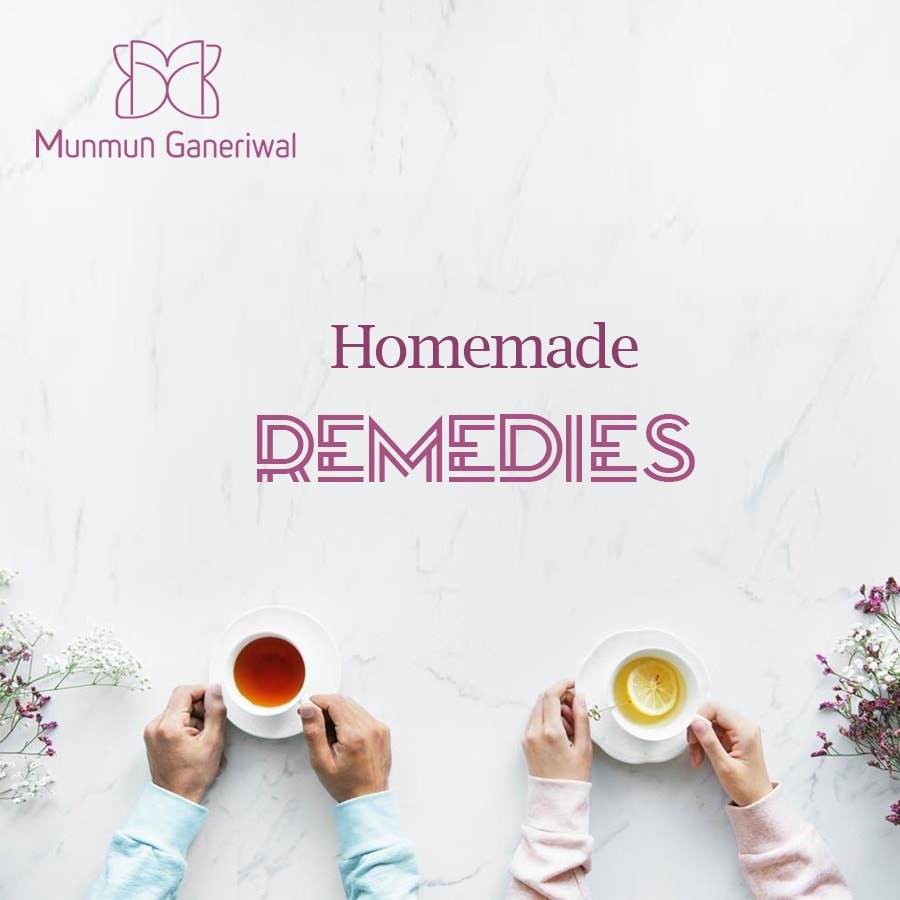
Don’t let cold and cough dampen your holiday spirits this winter! Especially when your very own kitchen is loaded with some secret treasures!
Read below some homemade remedies for your winter cold!
1. Ginger lemon honey tea
– Acts as a decongestant.

How to make?
– Steep 1 tsp of grated ginger in hot water for 10-15 mins. Cover the cup with a lid or a saucer. Add a few drops of lemon juice and stir in a tsp of honey just before drinking.
2. Ginger turmeric balls
– Boosts immunity and helps clear sinuses
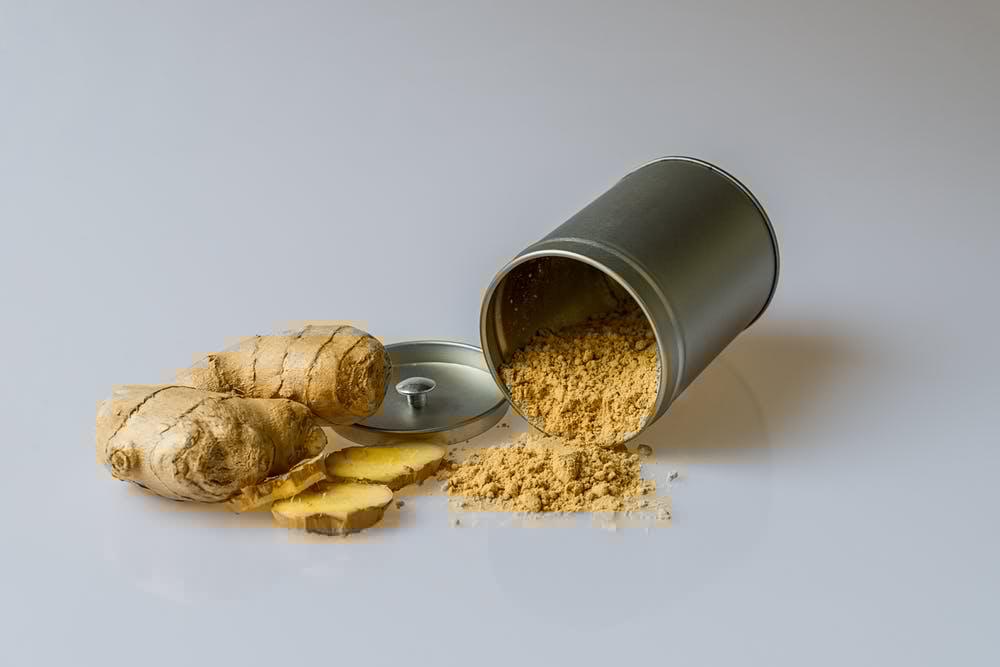
How to make?
– Make small bite sized balls of sonth (dry ginger powder) and jaggery in equal amounts
Add a pinch of haldi and using ghee roll them into small balls.
3. Steam inhalation
– The steam when infused with potent essential oils, has antiseptic and anti-inflammatory properties
How to have?
– 10-20 minutes of steam inhalation with fresh cut lemon grass and lemon zest.
4. Haldi milk at bedtime

– It helps flush out toxins and microbes from your respiratory tract.
Stay healthy, stay happy!
Keep yourself happy by keeping yourself healthy. Let well-known Mumbai dietitian and fitness expert Munmun Ganeriwal design a nutrition, exercise and lifestyle transformation program that elevates your overall sense of well-being. Contact us now for an in-depth consultation.
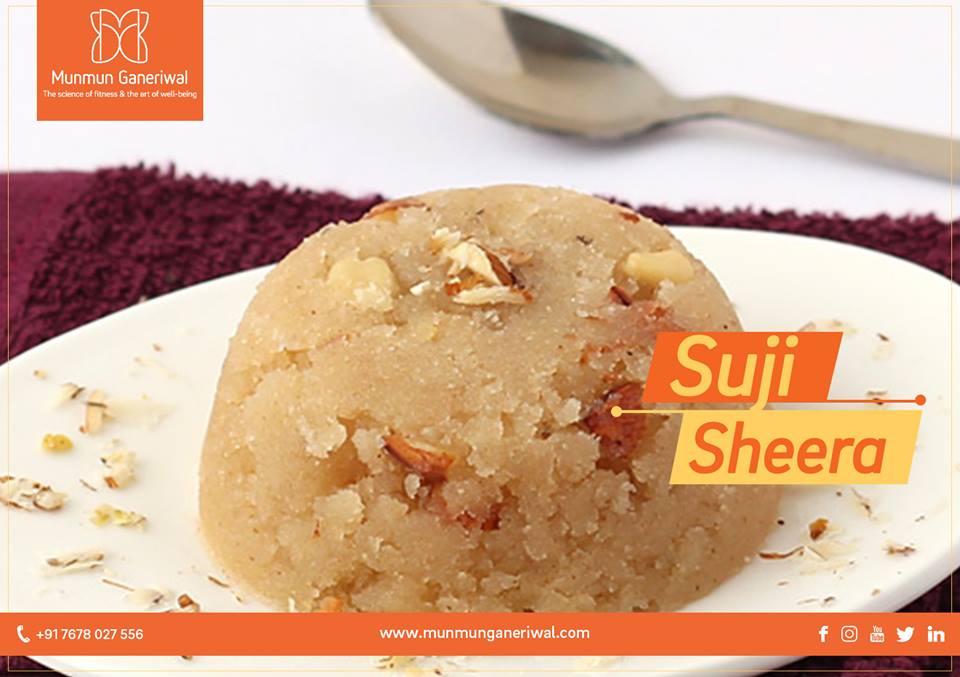
Make your own Tasty but Healthy Breakfast: Suji Sheera (West India)
If you think that eating Suji Sheera means taking in unwanted calories, then you ought to think twice!
This delicious Indian breakfast sweet is ideal for keeping blood sugar under check, losing weight and also preventing anemia!
Read below to know more-
1. Anti-ageing – Ever wondered why the high-end global beauty brands use sugar in their cosmetics and skin care products? Its because sugar hydrates the skin and makes it look younger. Sugar is also a natural source of glycolic acid, an alpha hydroxy acid (AHA), that has anti-ageing properties.
2. Accelerates fat-burning- Suji sheera being rich in essential fats like ghee and nuts, helps to boost fat burning. Consuming good sources of fats not only promotes satiety (and mindless over-eating later), the short chain fatty acid in it also helps to get rid of stubborn fat stores.
3. Good for hormonal imbalances- In Sooji sheera, the antioxidants- rich kesar comes together with Sooji that is a great source of Zinc and Selenium. Hence, this makes it a great breakfast choice for those with PCOS, thyroid, insulin resistance etc.
4. Anti-inflammatory- The cardamom in the sheera has great anti-inflammatory properties that work at reducing pain, swelling and bloating.
Few more options that are quick, easy and equally healthy are-
1. Kanda Poha
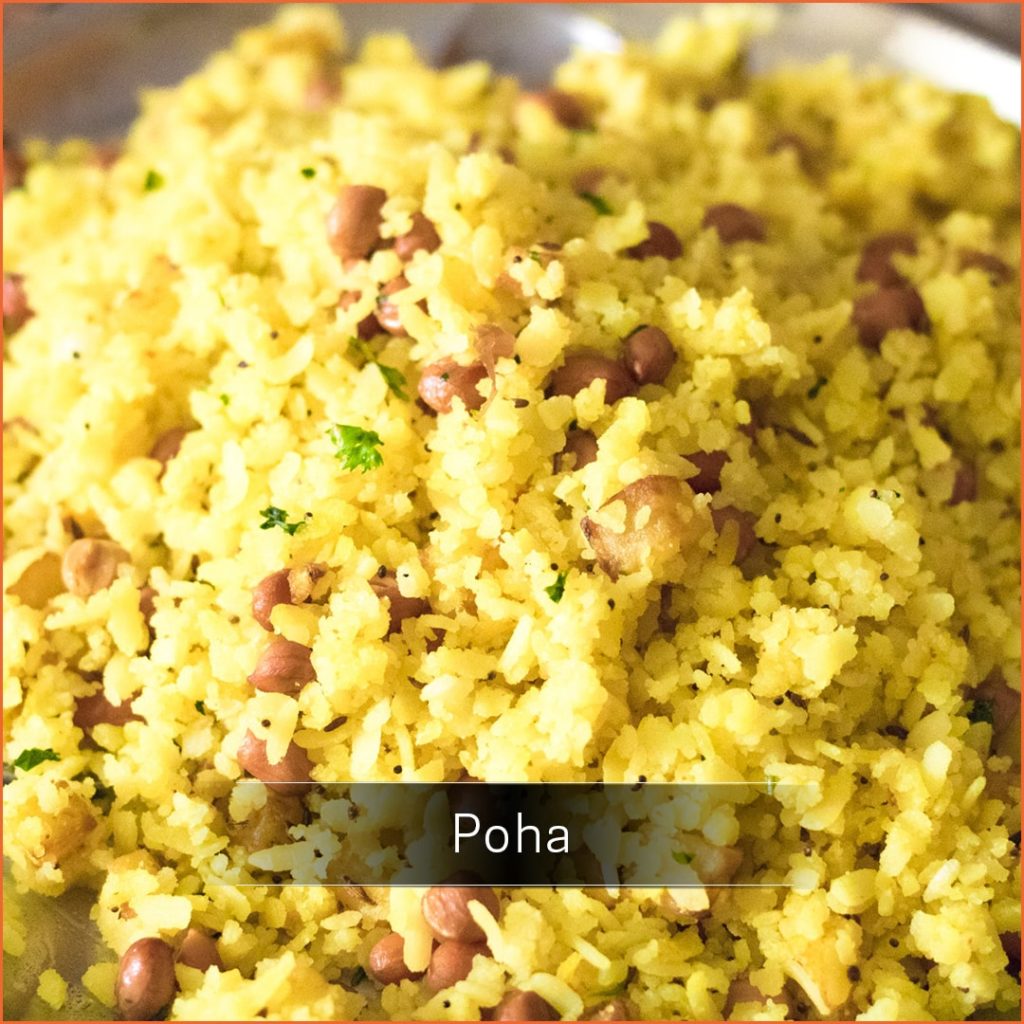
2. Khakra with ghee
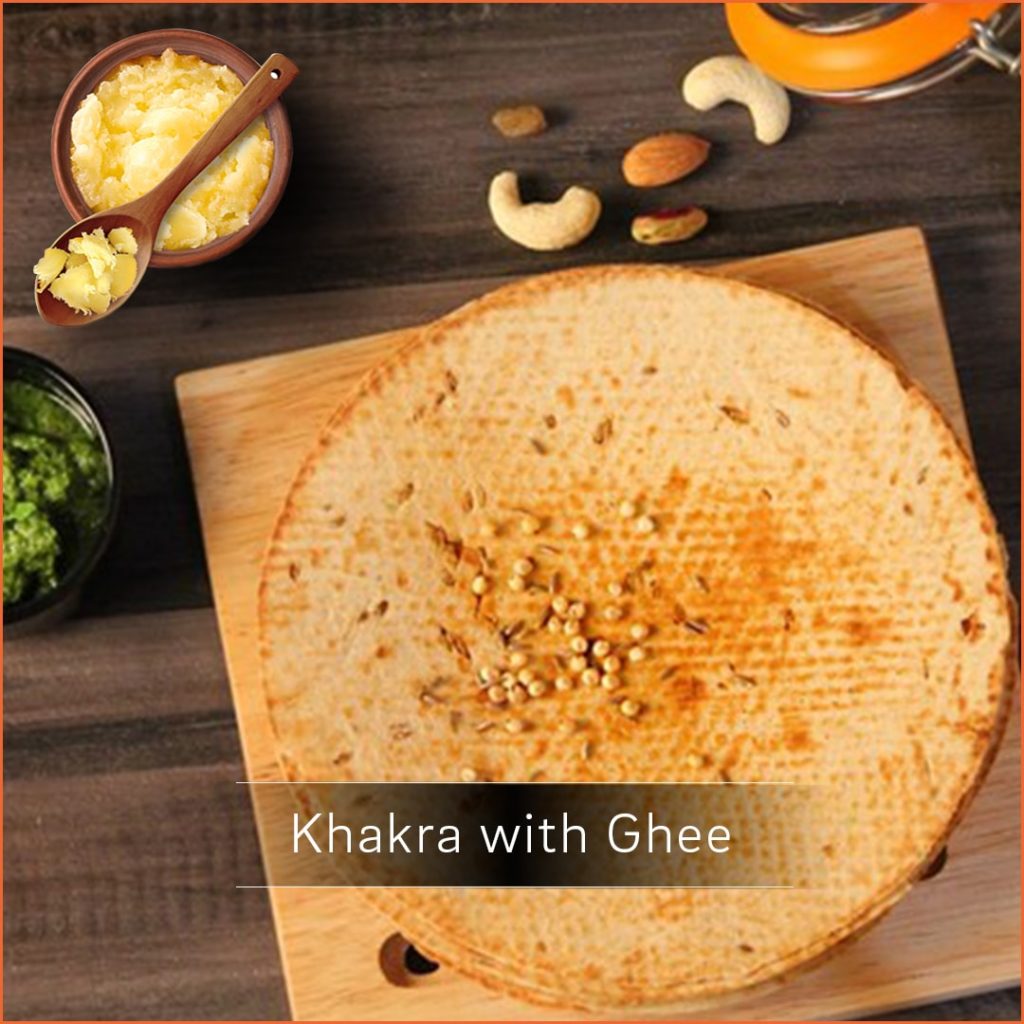
3. Nachni Satv
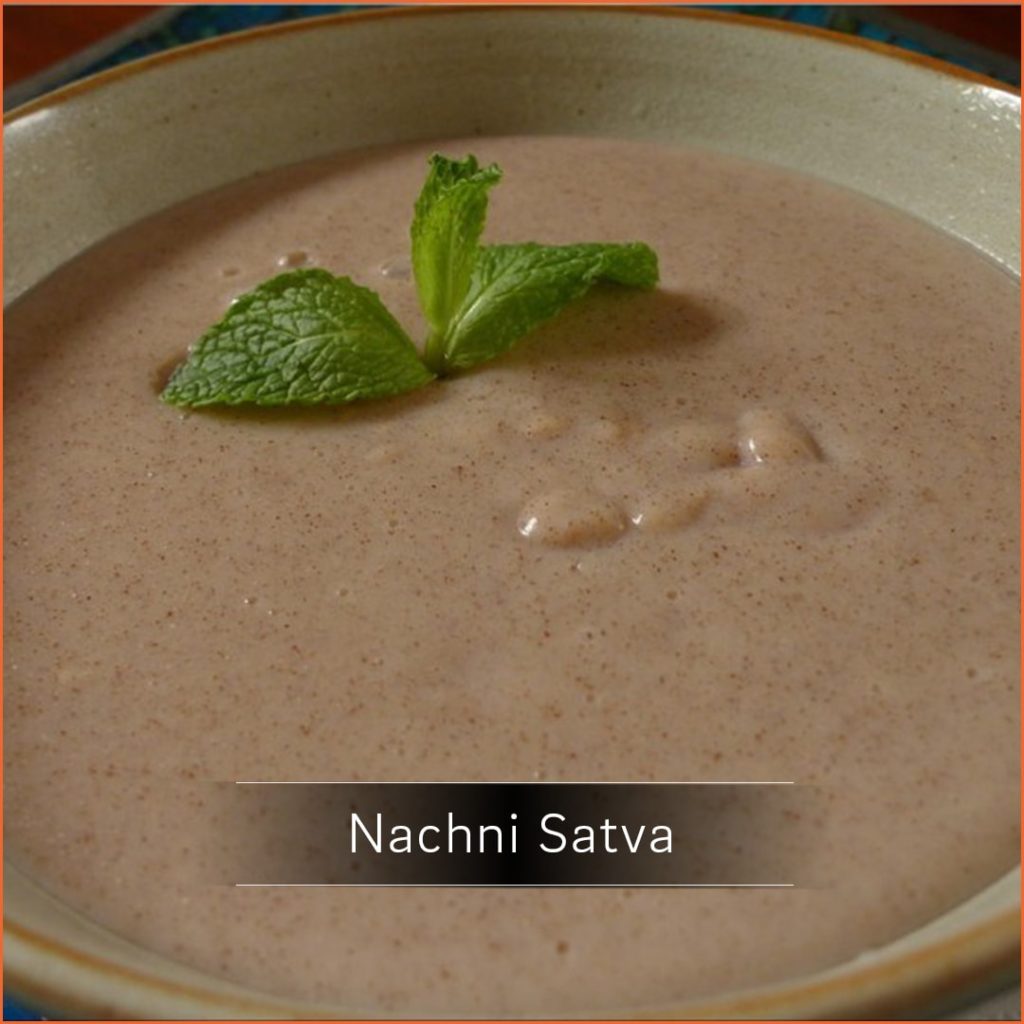
4. Egg and Pav
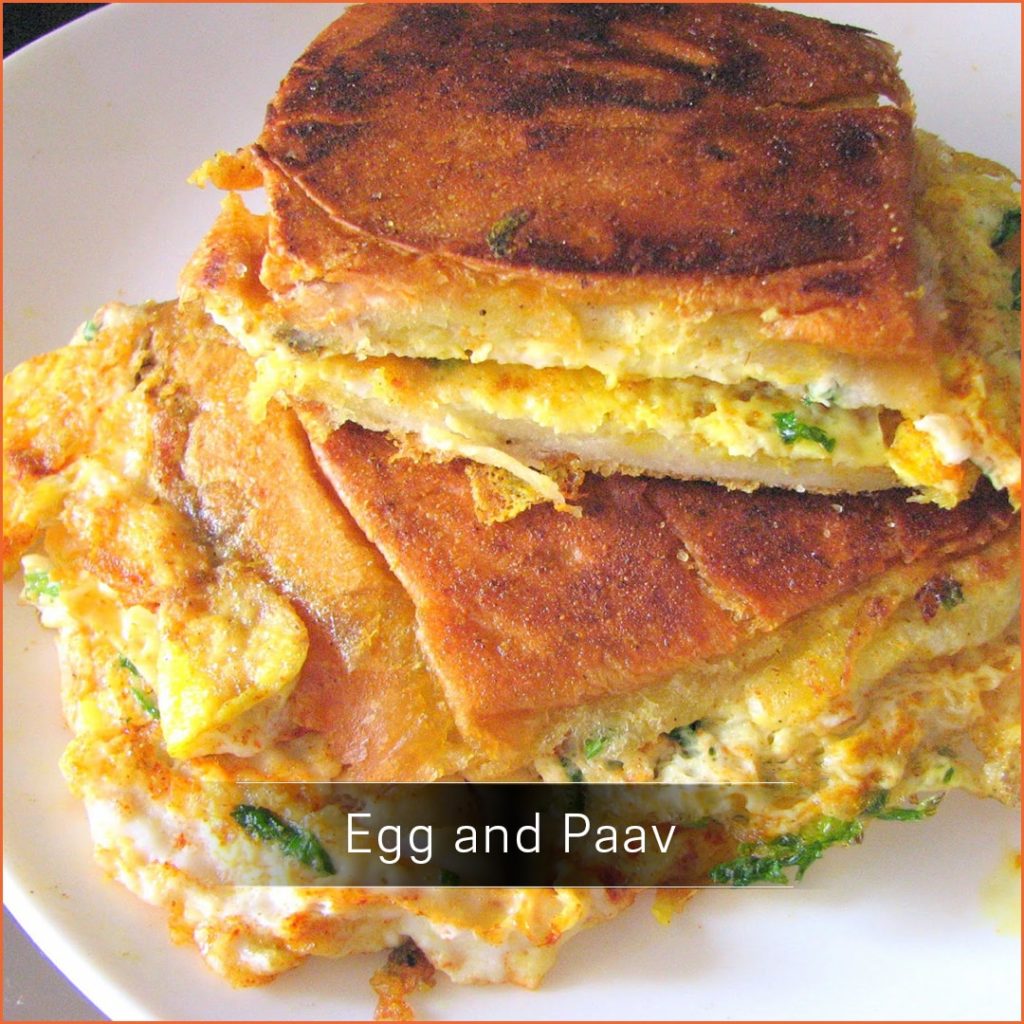
Confused by the misinformation about potential health problems with traditional Indian foods? Get in touch with award-winning Mumbai dietitian and nutritionist, Munmun Ganeriwal, a strong advocate of the holistic, wellness benefits of fresh, local, and traditional Indian foods
